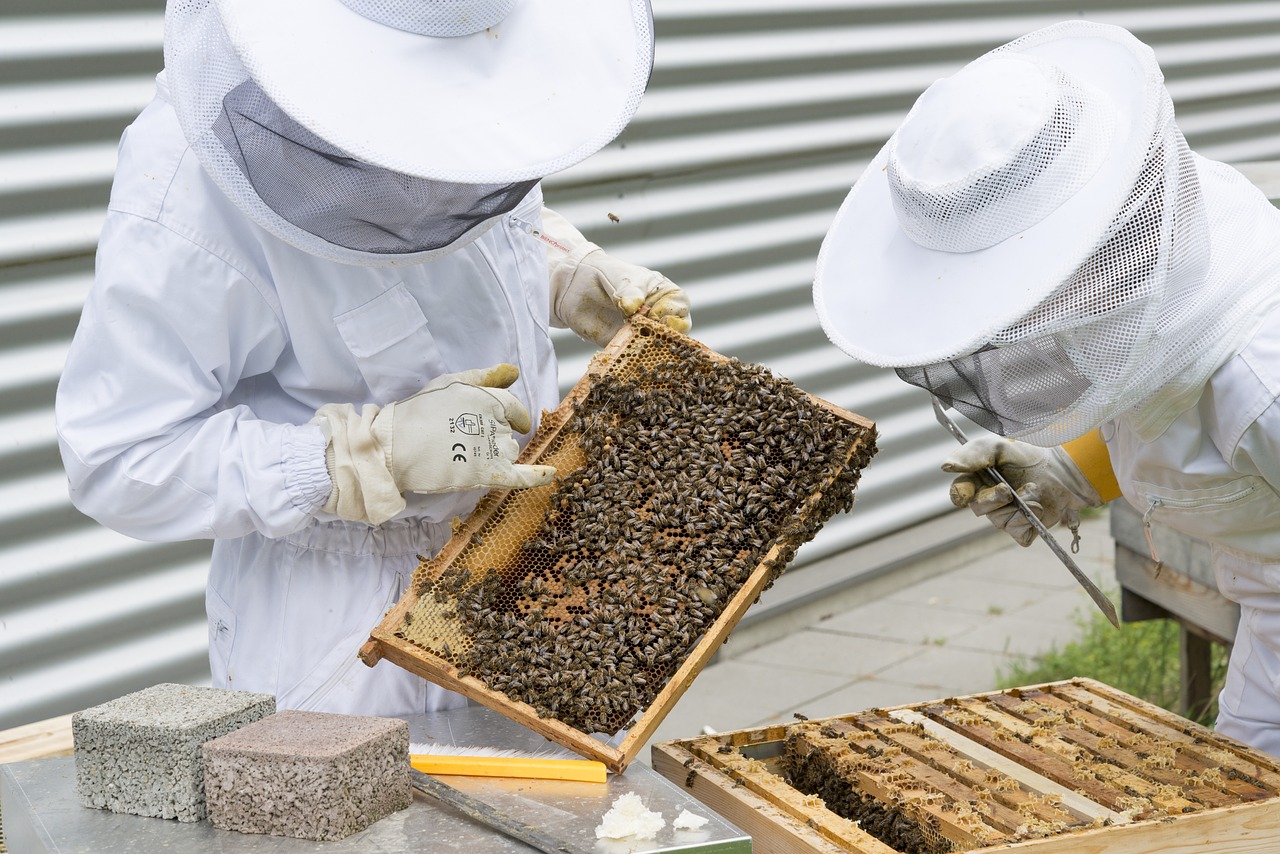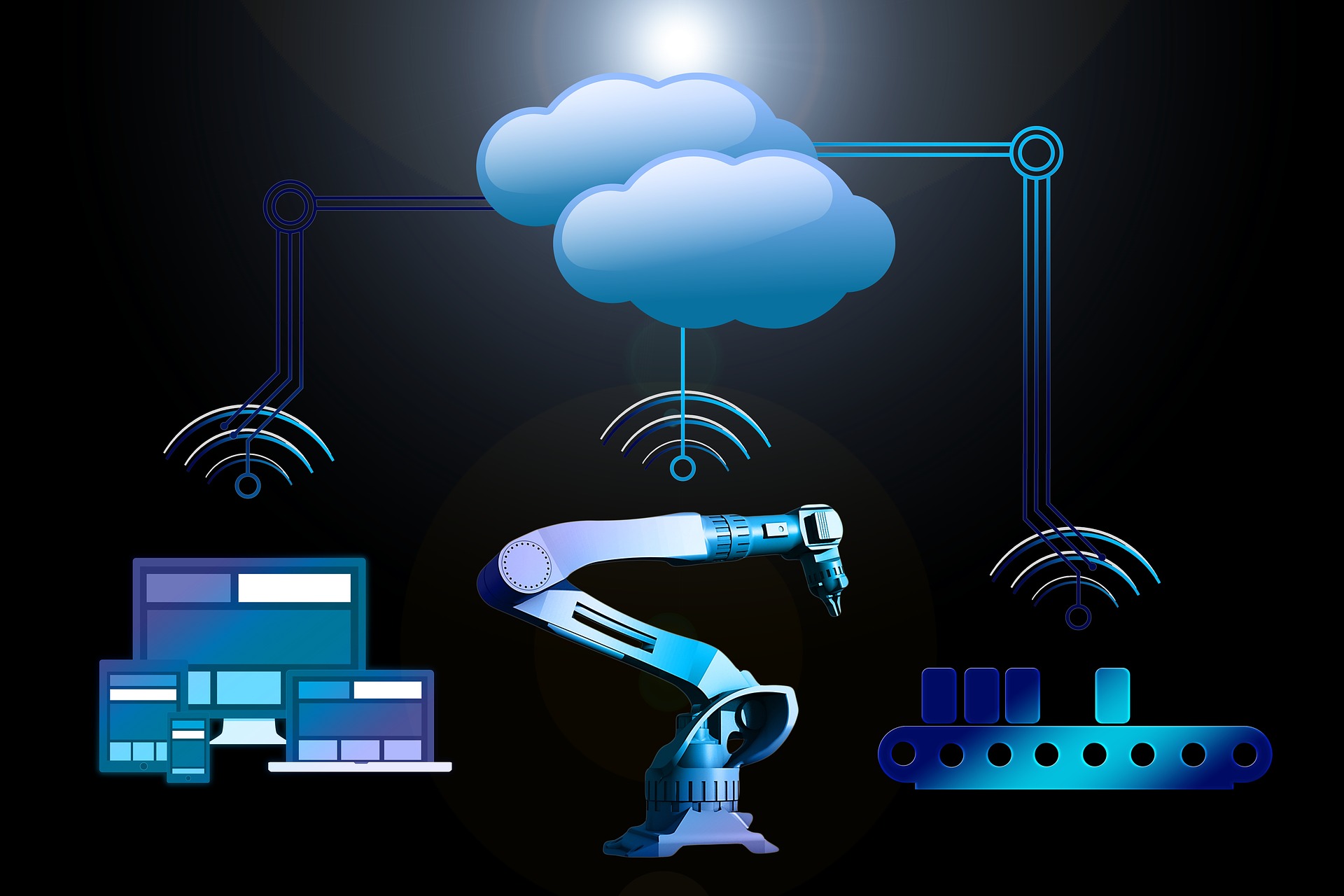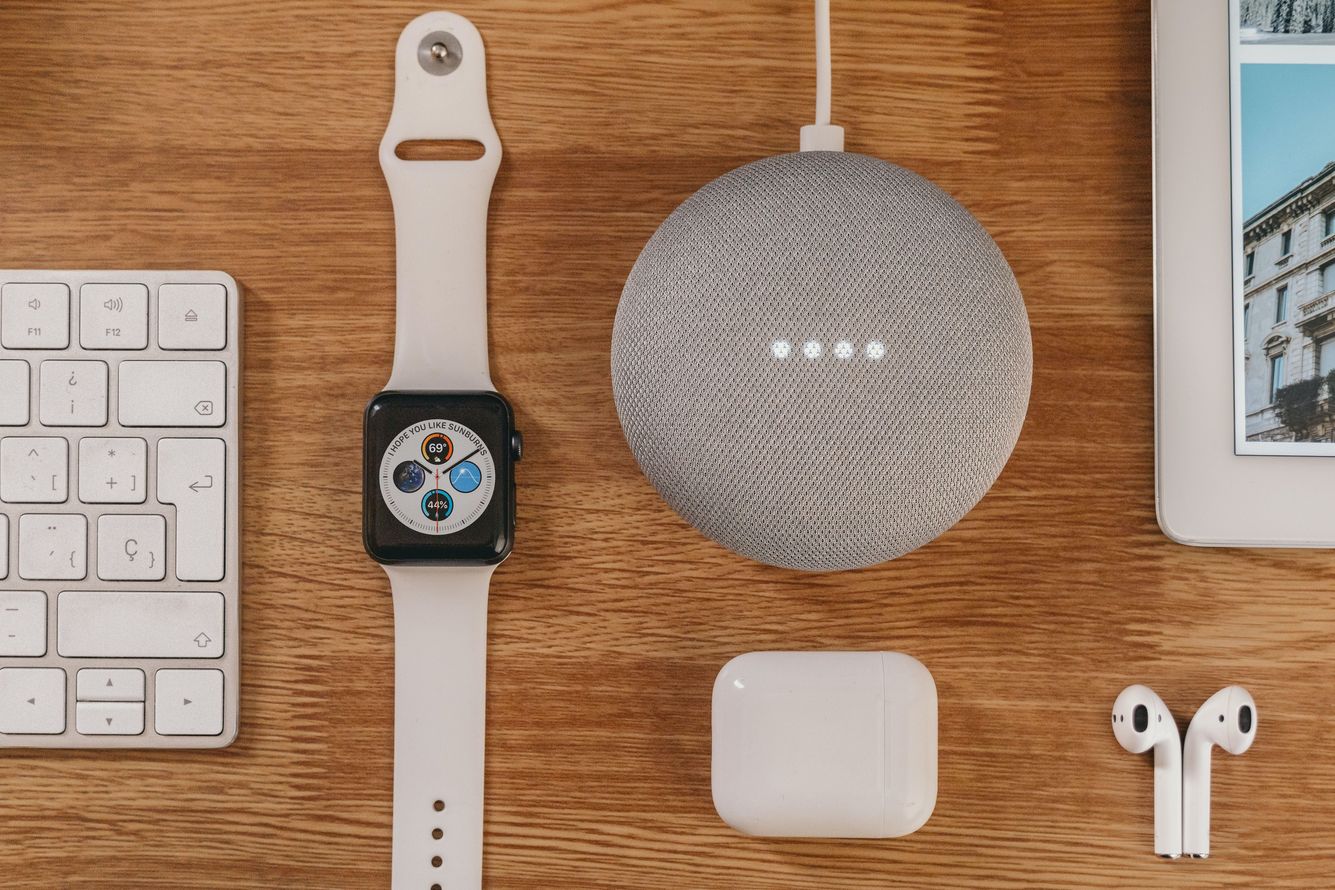BeePMN: Monitoring bees to take better care of them
At the crossroads between Industry 4.0 and the Internet of Things, the BeePMN research project aims to help amateur and professional beekeepers. It will feature an intuitive smartphone app that combines business processes with real-time measurements of apiaries.
When a swarm of bees becomes too crowded for its hive, the queen stops laying eggs and the worker bees leave in search of a place to start a new colony. The hive splits into two groups; those who follow the queen to explore new horizons, and those who stay and choose a new queen to take over the leadership of the colony. As exciting as this new adventure is for the bees, for the beekeeper who maintains the hive, this new beginning brings complications. In particular, the loss of part of the colony also leads to a decrease in honey production. On the other hand, the loss of the bees can be caused by something much worse, like the emergence of a virus or an invasion that threatens the health of the bee colony.
Beekeepers therefore monitor these events in the life of the bees very closely, but keeping track of the hives on a daily basis is a major problem, and a question of time. The BeePMN project, at the crossroads between the processes of Industry 4.0 and the Internet of Things, wants to give the beekeepers eyes in the back of their heads to be able to monitor the health of their hives in real time. BeePMN combines a non-invasive sensor system, to provide real-time data, with an intuitive and easy-to-use application, to provide decision-making support.
This project was launched as part of the Hubert Curien Partnerships which support scientific and technological exchanges between countries, offering the installation of sites both in France, near Alès, and in Lebanon, with the beekeeping cooperative Atelier du Miel. It is supported by a collaboration between a team led by Gregory Zacharewicz, Nicolas Daclin and François Trousset at IMT Mines Alès, a team led by Charles Yaacoub and Adib Akl at the Holy Spirit University of Kaslik in Lebanon, and the company ConnectHive. This company, which specializes in engineering as applied to the beekeeping industry, was founded by François Pfister, a retired IMT Mines Alès researcher and beekeeping enthusiast.
BeePMN has several goals: to monitor the health of the hives, to increase honey production, and to facilitate the sharing of knowledge between amateurs and professionals.
“I actually work on business process problems in industry,” says Grégory Zacharewicz, a researcher at IMT Mines Alès on the project. “But the synergy with these different partners has directed us more towards the craft sector, and specifically beekeeping,” with the aim of providing tools to accelerate their tasks or reminders about certain activities. “I often compare BeePMN to a GPS: it is of course possible to drive without it, but it’s a tool that guides the driver to optimize his choices,” he explains.
Making better decisions
The different sites, both in France and Lebanon, are equipped with connected sensors, non-invasive for the bee colonies, which gather real-time data on their health, as well as on humidity, temperature, and weight. For the latter, they have developed ‘nomad’ scales, which are less expensive than the usual fixed equivalent. This data is then recorded in an application to help guide the beekeepers in their daily choices. Though professionals are used to making these kinds of decisions, they may not necessarily have all the information at hand, nor the time to monitor all their apiaries.
The data observed by the sensors is paired with other environmental information such as the current season, weather conditions, and the flowering period. This allows for precise information on each hive and its environment, and improves the relevance of possible actions and choices.
“If, for example, we observe a sudden 60% weight loss in a hive, there is no other option than to harvest it,” says Charbel Kady, a PhD student at IMT Mines Alès who is also working on the BeePMN project. On the other hand, if the weight loss happens gradually over the course of the week, that might be the result of lots of other factors, like a virus attacking the colony, or part of the colony moving elsewhere. That is the whole point of combining this essential data, like weight, with environmental variables, to provide more certainty on the cause of an event. “It’s about making sense of the information to identify the cause,” notes Charbel Kady.
The researchers would also like to add vegetation maps to the environmental information. This is an important aspect, especially with regard to honey plants, but this information is difficult to find for certain regions, and complex to install in an application. The project also aims to progress towards prevention aspects: a PhD student, Marianne El Kassis, joined the BeePMN team to work on simulations and to integrate them into the application, to be able to prevent potential risks.
Learn through play
The two researchers stressed that one of the points of the application is for beekeepers to help each other. “Beekeepers can share information with each other, and the interesting model of one colleague can be copied and integrated into the everyday life of another,” says Charbel Kady. The application centralizes the data for a set of apiaries and the beekeepers can share their results with each other, or make them available to beginners. That’s the core of the second part of the project, a ‘serious’ game to offer a simplified and fun version to amateur beekeepers who are less independent.
Professionals are accustomed to repeating a certain set of actions, so it is possible to formalize them with digital tools in the form of business processes to guide amateurs in their activities. “We organized several meetings with beekeepers to define these business rules and to integrate them into the application, and when the sensors receive the information, it triggers certain actions or alerts, for example taking care of the honey harvest, or needing to add wax to the hive,” explains Grégory Zacharewicz.
“There is a strong aspect of knowledge and skill transfer. We can imagine it like a sort of companionship to pass on the experience acquired,” says the researcher. The GPS analogy is applicable here too: “It makes available a whole range of past choices from professionals and other users, so that when you encounter a particular situation, it suggests the best response based on what has been decided by other users in the past,” the researcher adds. The concept of the app is very similar, in offering the possibility to capitalize on professionals’ knowledge of business processes to educate yourself and learn, while being guided at the same time.
The BeePMN project is based on beekeeping activities, but as the researchers point out, the concept itself can be applied to various fields. “We can think of a lot of human and industrial activities where this project could be replicated to support decision-making processes and make them stronger,” explains Grégory Zacharewicz.
Tiphaine Claveau




